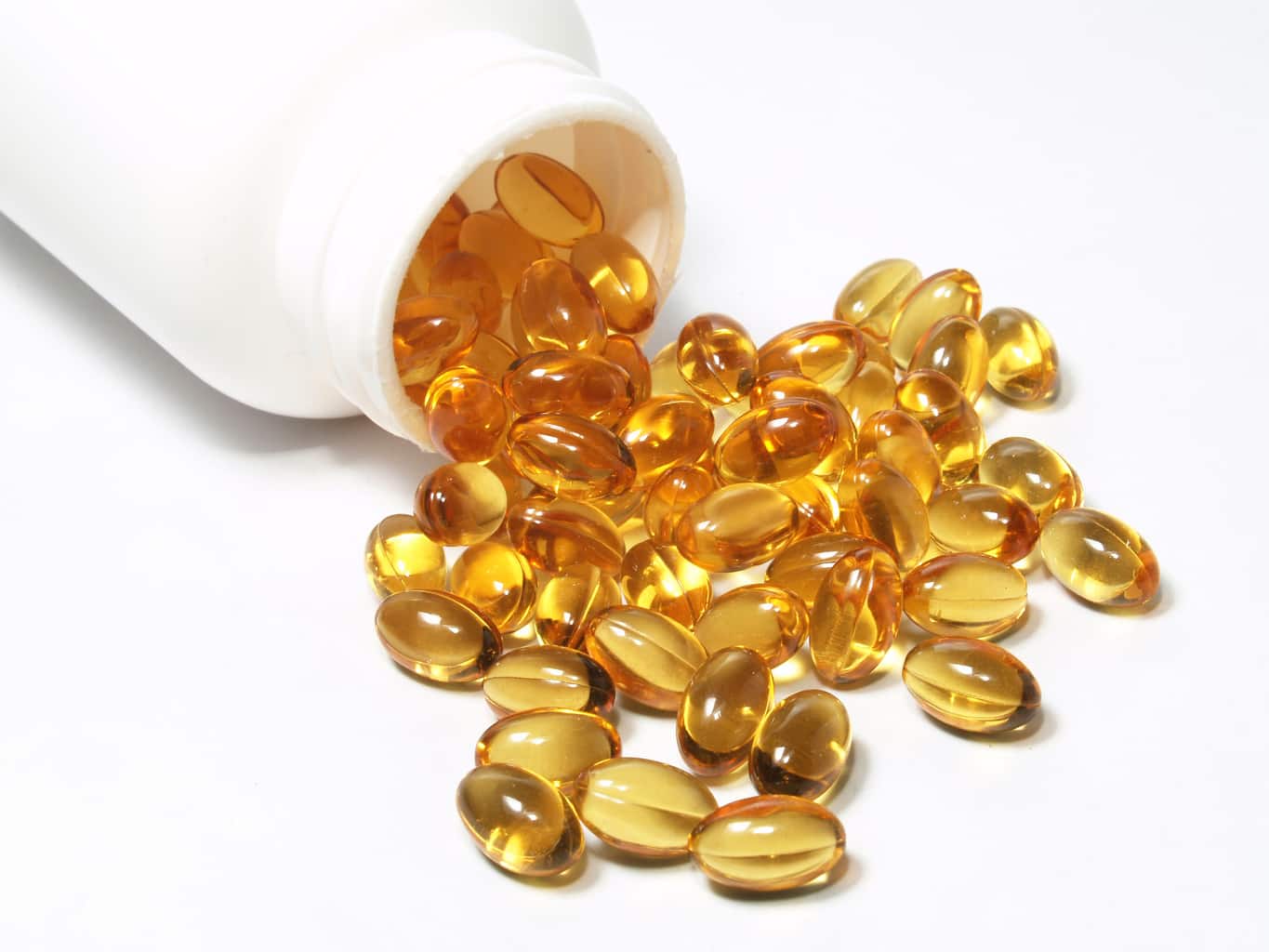
[cmamad id=”10860″ align=”center” tabid=”display-desktop” mobid=”display-desktop” stg=””]
Lipid peroxidation could very well be the main cause of aging.
As mammals, we use the iron in our enzymes to turn oxygen into water in the very last stage of energy production.
But one of the side-effects of this process is the unavoidable production of reactive oxygen species.
The most reactive of which is the superoxide ion.
The superoxide ion starts a free radical chain reaction in fatty membranes leading to lipofuscin, or “age spots.”
This resulting crosslinked material of lipids and iron in the cells is resistant to degradation.
It causes a metabolic drain on each cell that contains it.
Since we cannot avoid iron and oxygen completely, the best way to stop this is with vitamin E.

As a lipid itself, it accumulates on the fatty membranes of cells and blocks the progression of lipid peroxidation chain reactions.
Dr. Inaba from Japa provided a startling demonstration of this process.

He fed one group of rats a standard diet with vitamin E, and another group the same diet without vitamin E.
[cmamad id=”10861″ align=”center” tabid=”display-desktop” mobid=”display-desktop” stg=””]
And he found out how to measure lipid peroxidation in real time.
The secret is to use a light detector to measure something called singlet oxygen (¹O₂) fluorescence.
Singlet oxygen is a high energy form of oxygen.
And its fluorescence emits light of mostly red wavelengths.
The chemiluminescence is brilliant enough to be visible in strong daylight.
Singlet oxygen cannot start lipid peroxidation, but it’s formed in the chain reaction.
So, it’s the most sensitive indicator.
He used rat tissues with a deficiency of vitamin E.
And he noticed a near instantaneous reduction in lipid peroxidation with the addition of vitamin E.

Experimenters usually use iron to initiate lipid peroxidation, but Dr. Inaba didn’t even have to do this.
The rats’ tissues were vitamin E deficient, and they were already undergoing peroxidation.
His ultra-sensitive detector was an effective measurement of lipid peroxidation.
He then demonstrated that the addition of polyunsaturated fat (PUFA) greatly enhanced lipid peroxidation.
They used as linseed oil here.
And varying amounts of autoxidized linseed oil (AOLO). We have confirmed experimentally that the ultraweak photon emission from this system is strongly enhanced by the addition of AOLO, which induces the progression of tissue lipid peroxidation.
Then he added beta-carotene and noticed a reduction in peroxidation in the oil and iron mixture.

He matched the spectral peaks with published values of singlet oxygen (¹O₂) fluorescence to test his measurements.
All of the lines matched-up, confirming that his method accurately measured lipid peroxidation.
The broad emission band between 500 and 560 nm in figure 9 seems to appear characteristically in heterogeneous biological systems undergoing lipid peroxidation.
A classic experiment in the 70s worked-out the roles of each different oxygen species on lipid peroxidation.

Here they artificially started the peroxidation with iron.
Iron is necessary for the process, and it’s no coincidence that lipofuscin contains iron.
They also used either superoxide (O₂⁻) or singlet oxygen (¹O₂) to test inhibitors.
This way, they could and to logically work out the chain of events.
Singlet oxygen is not involved in the initiation of lipid peroxidation but is likely involved in the propagation of lipid peroxidation based on the inhibition of peroxidation by DPF.
Researchers used malondialdehyde (MDA) as an index of peroxidation.
These are the reactive lipid fragments produced during lipid peroxidation that crosslinks proteins.

And he used enzymes and molecules naturally found in the body (NADPH, iron) to initiate the process.
Reactive oxygen species are formed at a higher rate during high oxygen consumption and can be catalyzed by supplemental iron.
This extra iron is why you need to avoid fortified grains and most multivitamins.
Antioxidants such as vitamin E and beta-carotene inhibit this process.
Dr. Inaba also showed that peroxidation increased in aged rats.

But in the vitamin E fed rats, the peroxidation index was only about ¹⁄₄ that of vitamin E deficient rats of the same age.
This is significant.
Less lipid peroxidation means fewer cross-linked proteins and less lipofuscin.
So, where is vitamin E found?
In nature, you can find vitamin E in high-PUFA foods like nuts and seeds.
But you can find it in low-PUFA sweet potatoes and spinach leaves as well.
And vitamin E just so happens to one of the safest vitamins, so taking extra should not be dangerous in any way.

http://onlinelibrary.wiley.com/doi/10.1111/j.1751-1097.1978.tb07022.x/full
Super-high sensitivity systems for detection and spectral analysis of ultraweak photon emission from biological cells and tissues
https://link.springer.com/article/10.1007%2FBF01953302?LI=true
Chemiluminescence Arising from Simultaneous Transitions in Pairs of Singlet Oxygen Molecules
http://pubs.acs.org/doi/pdf/10.1021/ja00714a010

Leave a Reply